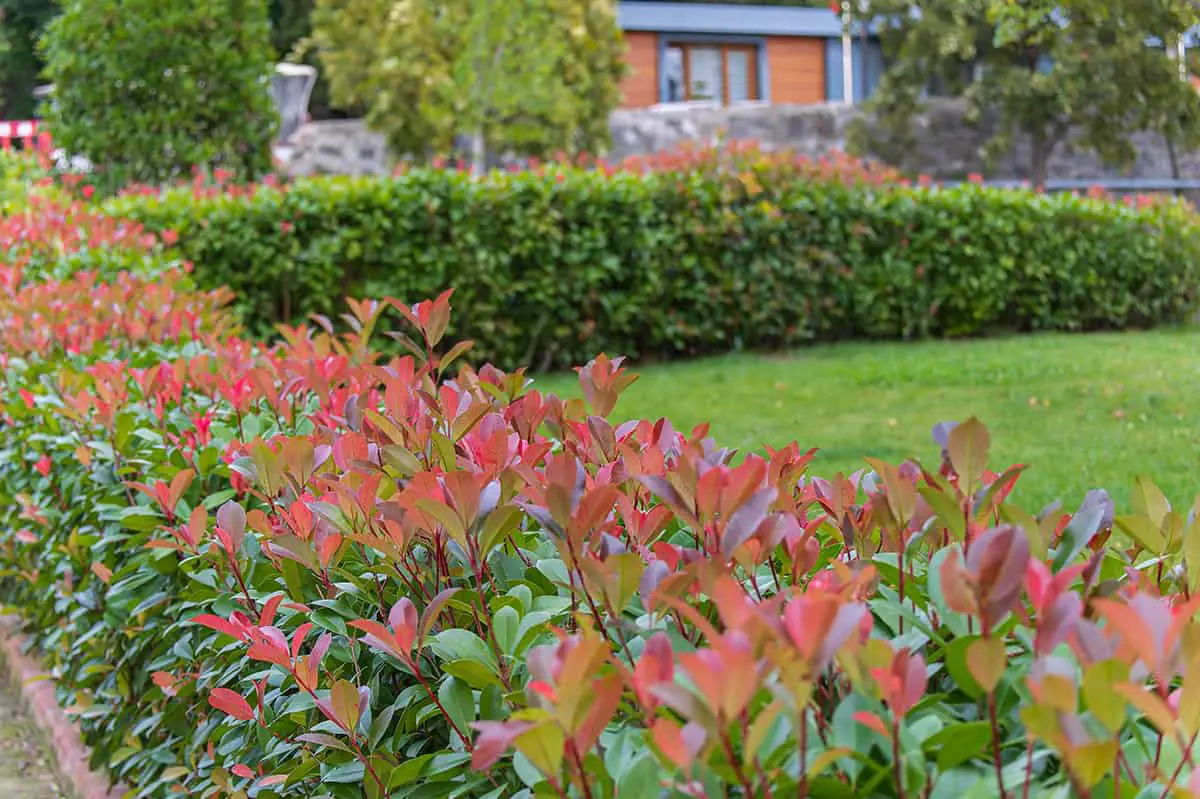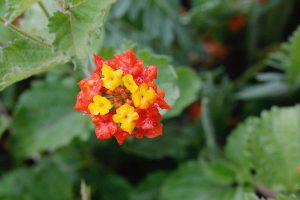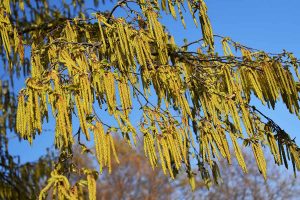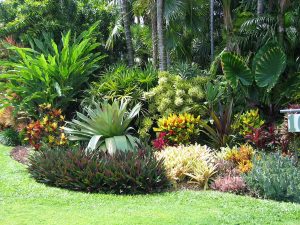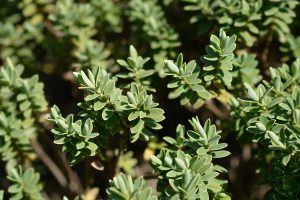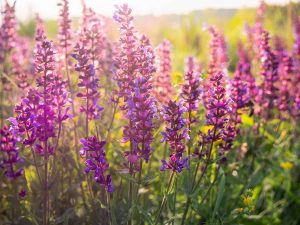There are plenty of times when plants just don’t seem to grow as quickly as we want them to, and actually, for gardeners, it can be quite frustrating waiting for plants to increase in size.
If you find that you are impatient when it comes to waiting for your garden to fill out, then fast-growing shrubs are a great solution.
Table of Contents
Why Fast-Growing Evergreen Shrubs?
Numerous scenarios can crop up where there is a need for a fast-growing evergreen shrub. This can include:
New build home
If you have built a new home on a cleared plot of land, then you are going to be starting from scratch with your garden. If you plant species in your garden which have a slow or average growth rate, then you could be waiting for many years before your garden has the lush, mature feel that you are looking for.
If you want to speed up this process and benefit from a flourishing backyard as soon as possible, then opting for fast-growing shrubs is your best option. Choosing shrubs that are also evergreen will mean that your garden looks full and thriving throughout every season.
Garden demolition project
If your garden has become severely overgrown, or if you’ve moved into a property where the previous owners neglected the garden, then you may have to completely clear the land and start from scratch. This is especially the case if any of the plants have become invasive or if they are diseased or damaged.
By clearing the land and starting over, you will be in much the same position as the new build homeowners described above. To get the garden to a level where it feels densely populated by lush greenery, the best and quickest option is to use fast-growing evergreen shrubs.
Privacy
If you have moved into a home that lacks privacy around the borders of the backyard or around the front lawn, then hedging is typically a much less harsh solution than erecting fences. However, hedges can take many years to grow, which might not seem appealing if you want to benefit from privacy as soon as possible.
In this instance, use fast-growing evergreen shrubs lined in a row to create privacy hedging. Evergreen shrubs are essential when it comes to creating privacy screening because they retain their foliage all year round. By comparison, a deciduous shrub will shed its leaves in fall and have bare branches through winter. This will create gaps in the hedge where passers-by or neighbors can see through to your property.
Nearby noise
Large shrubs are not just useful for blocking sight, but they can also be effective at blocking and absorbing noise. If you live close to a noisy road, or a busy row of shops, you can limit the amount of noise you hear while in your backyard by using dense shrubs. By choosing fast-growing species, you can hope to limit the noise sooner rather than later, and by opting for evergreen shrubs, you can benefit from their noise absorption qualities all through the year.
Block views
Sometimes you will find yourself in a situation where you want to block out a view, either through the window of your home or while sitting in your backyard. This could happen if a neighbor erects an ugly structure in their garden or if you move into a home close to a road.
You could even want to block out being able to see other nearby properties to give you a sense of peace and privacy, or you may want to block out the view of a carpark you can see from your window. Whatever the view is that you want to block out, you’ll need to choose your shrub wisely.
Opt for a plant that has an expected mature height and spread that will adequately hide the view you want to block out, and be sure to choose an evergreen so that the view is blocked at all times of the year rather than just in spring and summer. To benefit from a plant that can obscure an unwelcome view as soon as possible, it will also need to be fast-growing.
Fast-Growing Evergreen Shrubs
Escallonia
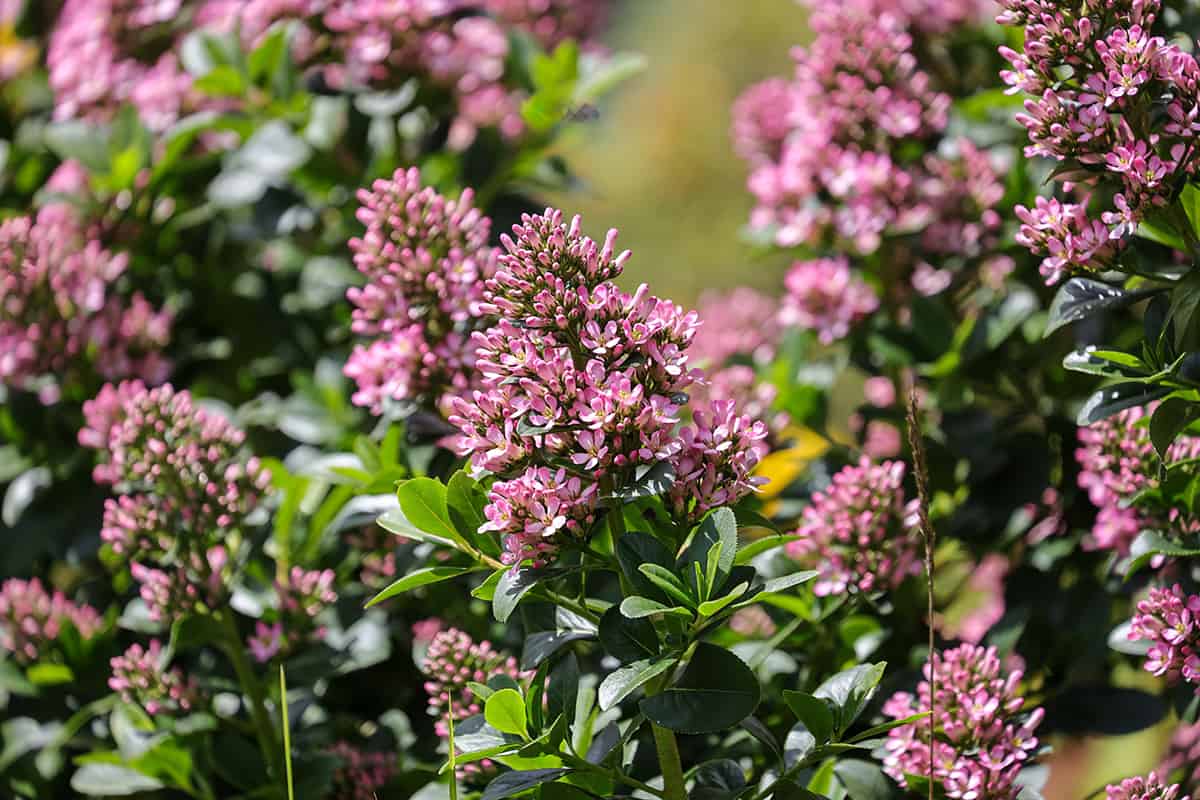
- Botanical name: Escallonia sp.
- Family: Escalloniaceae
- USDA hardiness zones: 8- 10
- Mature height: Up to 15 feet
- Mature spread: Up to 15 feet
Escallonia is a genus of evergreen shrubs that are native to both South and North America. There are currently around 40 accepted different species of Escallonia, and within this, there are many varieties. The plants all produce green, glossy leaves, which retain their color throughout the year and have a distinctive scent.
The flowers of the plant can be red, pink, or white and arrive on dense panicles during the summer months. The blooms also have a scent that is much sweeter than the leaves. The rate of growth amongst Escallonia is considered to be quite fast, but this will differ between species and variety.
On average, you can expect this plant to gain between 12 and 18 inches in both heights and spread each year until it reaches its mature height. These are exceptionally easy-to-grow shrubs that require little maintenance. They thrive in full sun and well-draining soils, but they will appreciate partial shade if you live toward the higher end of the recommended hardiness zones.
Photinia
- Botanical name: Photinia sp.
- Family: Rosaceae
- USDA hardiness zones: 7- 9
- Mature height: 10 to 15 feet
- Mature spread: 10 to 15 feet
Photinia is a genus of small trees and shrubs which contains around 30 different species. They are evergreen plants, producing dark green foliage in an oval or elliptical shape with a leathery texture. Each leaf will typically measure between 3 and 4 inches long. These plants produce panicles of tiny white flowers, typically in April, but they are better known for their attractive foliage.
The flowers are famed for having quite an unpleasant smell, so many gardeners will opt to remove these as soon as they emerge. Some varieties of Photinia, such as the hybrid Photinia × fraseri which is better known as ‘Red Tip’, have variegated leaves which appear to have been dipped in red paint.
These plants are easy to grow, thriving in full sun to partial shade and preferring moderate moisture levels, though they are tolerant of drought. This is a fast-growing genus of plants, generally gaining around 1 foot in height per year. If you want to increase the rate of growth of your Photinia, you should prune it heavily.
These plants respond well to pruning since this allows better airflow around the branches and more light to filter through to the lower leaves. Many gardeners advocate that heavy, even severe pruning of this plant, will promote fuller and faster growth.
Cherry Laurel
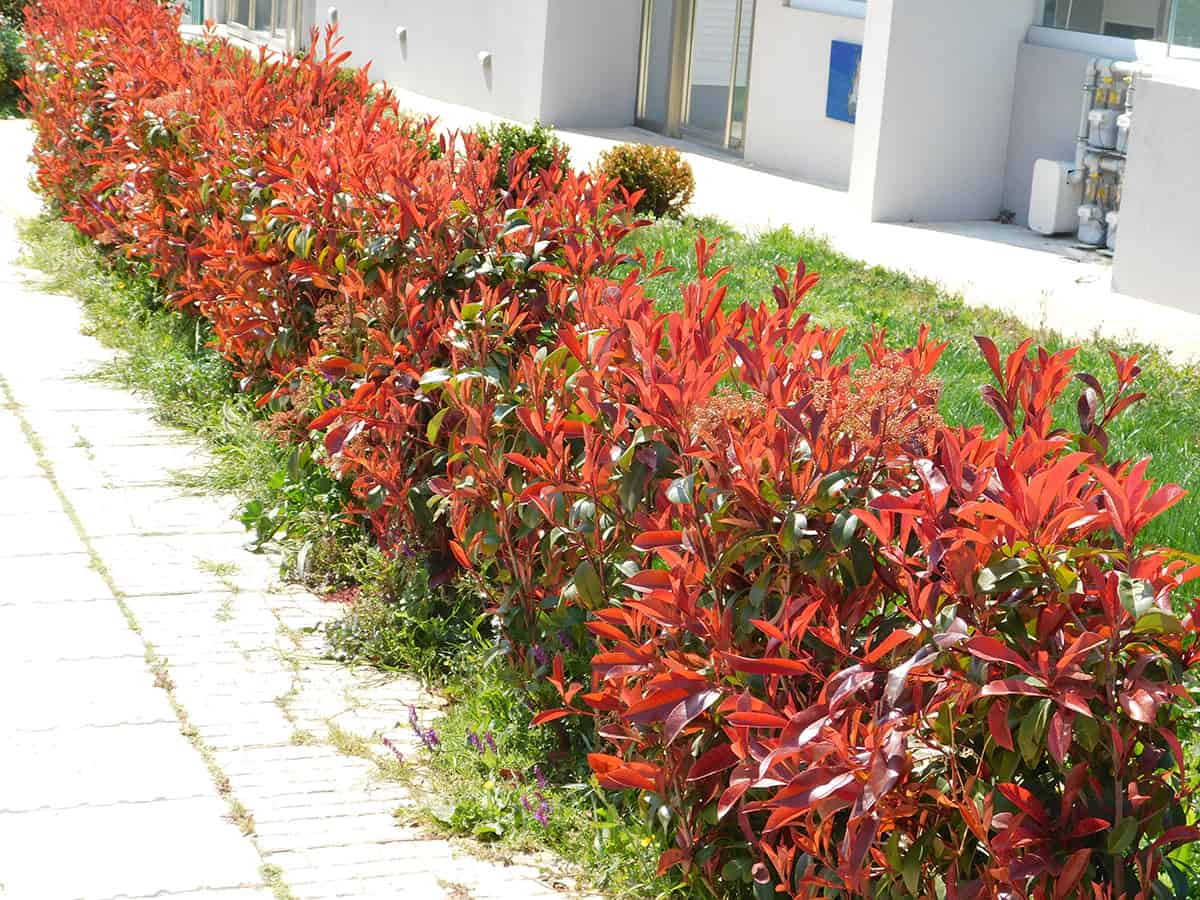
- Botanical name: Prunus laurocerasus
- Family: Rosaceae
- USDA hardiness zones: 6- 9
- Mature height: 10 to 15 feet
- Mature spread: 5 to 7 feet
Cherry Laurel, most notably the ‘Schipkaensis’ variety, is known for its speedy rate of growth. This variety is sometimes commonly known as ‘Skip Cherry Laurel’, which is a shortened version of the cultivar name ‘Schipkaensis’. The name refers to a location; the Schipka region in the mountains between Nepal and India.
The shrub has a vase-like shape which is more full at the top, so it works well when planted at the back of a border, with smaller plants covering the more open lower branches. The foliage of the evergreen shrub is green and glossy, providing a nice background to the dense clusters of flowers that bloom in spring.
It is ideal for creating a privacy hedge because it grows quickly to an impressive height and has a wide spread. You can expect the Cherry Laurel to gain around 2 feet in size each year.
The roots can be quite competitive and may choke out weaker nearby plants, so avoid planting them close to other species with vulnerable root systems. The Cherry Laurel can grow in both shade or full sun and will adapt to various soil types; however, it should be kept moist during hot summer months.
Mexican Orange Blossom
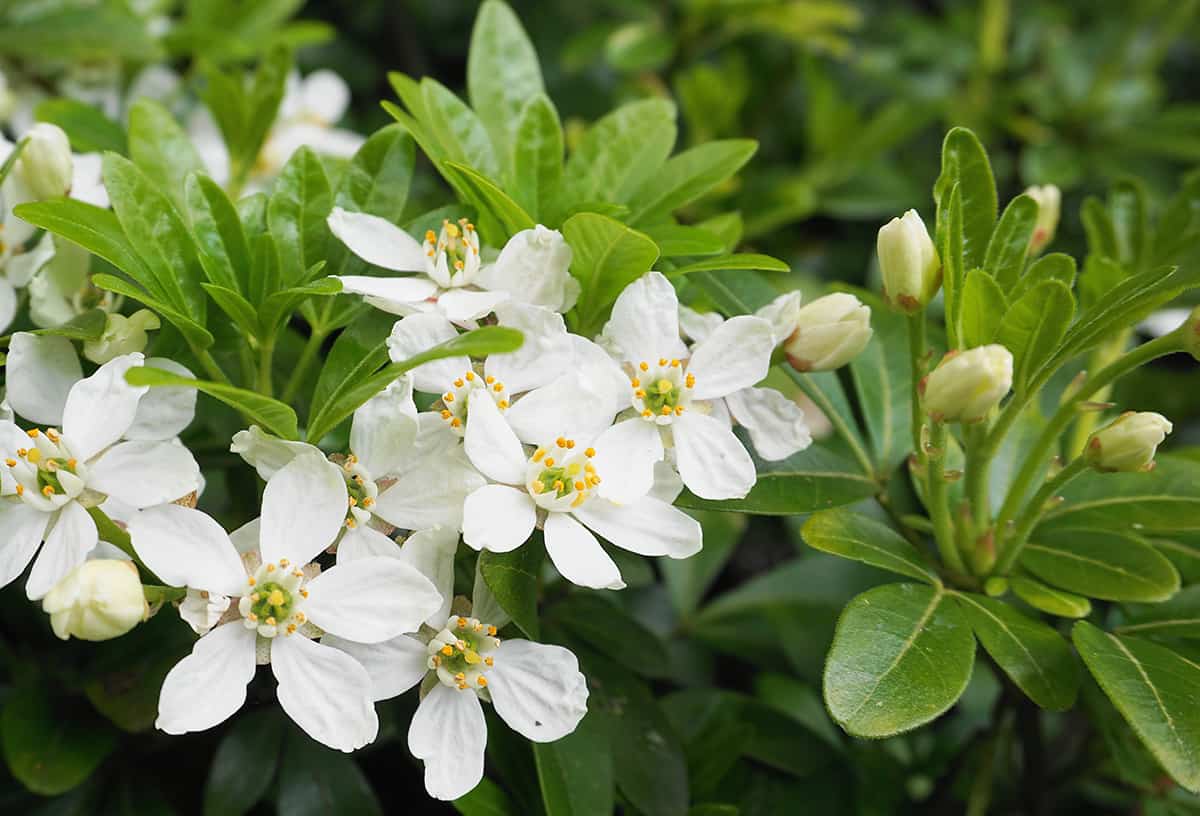
- Botanical name: Choisya ternata
- Family: Rutaceae
- USDA hardiness zones: 7- 10
- Mature height: 6 to 8 feet
- Mature spread: 6 to 8 feet
This plant is also known as ‘Mock Orange’ and ‘Mexican Orange’. It is an evergreen shrub that is native to Mexico and the southern United States. It produces lobed leaves, which can be crushed to reveal a pleasant aroma, and it also blooms with small and pretty white orange flowers, which are heavily scented like oranges.
The flowers give way to fruits that are not edible and not showy, so many people will remove these once the flowers begin to fade. This shrub prefers to be grown in full sun to partial sun in well-draining soils that are consistently moist. It grows at a fast rate of around 2 feet per year, but it also tolerates pruning very well if you would prefer to maintain a smaller size.
The plant can survive frost, but it should be sheltered from harsh winds in climates where frost is expected, so plant it against a wall or in a protected corner of the garden.
English Lavender
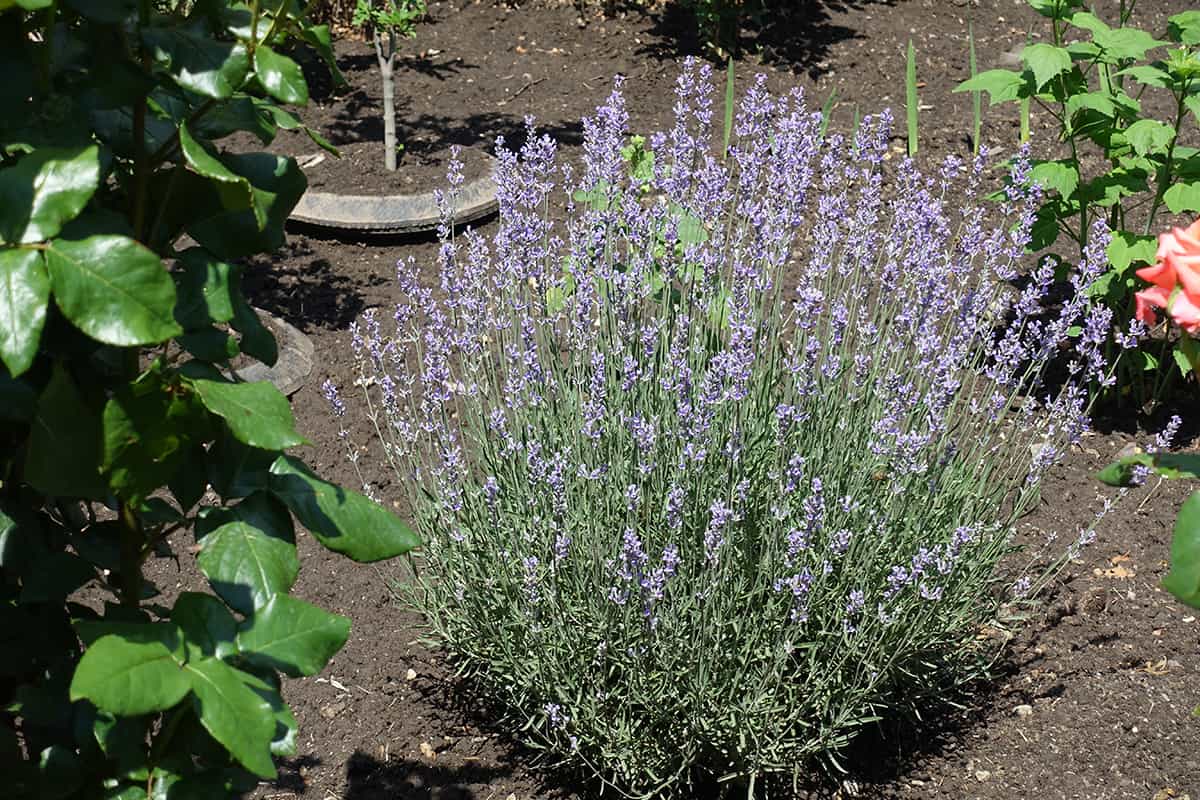
- Botanical name: Lavandula angustifolia
- Family: Lamiaceae
- USDA hardiness zones: 5- 9
- Mature height: 1 to 3 feet
- Mature spread: 2 to 3 feet
English Lavender is also commonly known as True Lavender, Common Lavender, and Garden Lavender. Interestingly, this plant is not native to England and, in fact, hails from the Mediterranean region, including Spain, Croatia, and France. These are low-growing evergreen shrubs that are known for their beautifully dainty purple flowers and their powerfully aromatic scent.
There are many cultivars of English Lavender, including ‘Hidcote’, ‘Little Lottie’, ‘Betty’s Blue’, and ‘Melissa Lilac’. Each of these have slightly different growth habits, and the colors of the flowers can also vary. English Lavender is fast-growing and evergreen, so it will quickly spread in both height and width to produce a beautiful low hedge that can be admired all year round.
It can also grow well as a specimen plant to form a mound, or it will be happy in a container. You can expect it to gain between 12 and 16 inches in size per year. English Lavender thrives in full sun, but it will tolerate some partial shade. It prefers well-draining, sandy soils which are allowed to dry out, and it won’t fare well in heavy or waterlogged soils. It can tolerate drought and is a huge attractor for butterflies and bees.
Firethorn
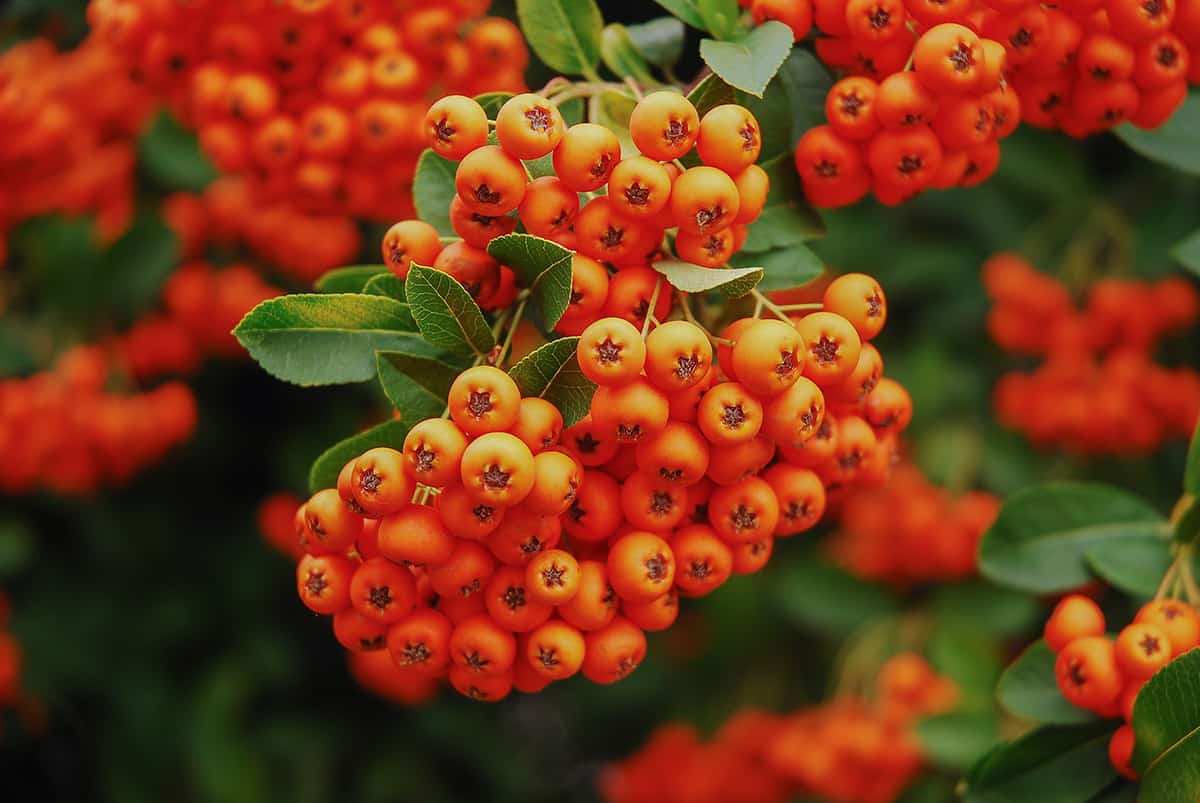
- Botanical name: Pyracantha
- Family: Rosaceae
- USDA hardiness zones: 5- 9
- Mature height: 4 to 12 feet
- Mature spread: 3 to 10 feet
Firethorns are also commonly known by their genus name, Pyracantha. This genus of plants are all evergreen shrubs, containing a total of six currently recognized species, including Pyracantha coccinea, Pyracantha angustifolia, and Pyracantha crenulata.
Within these species, there are many more cultivars. Pyracanthas are thorny shrubs, which are native to both Europe and Asia. They are known to be fast-growing, with a typical annual rate of growth of between one and two feet. One popular cultivar is the Pyracantha coccinea ‘Red Column’, which gains just under 2 feet in height each year, and is an excellent choice for attractive hedging.
For a low-growing Firethorn, consider Pyracantha coccinea ‘Red Cushion’, or for a larger, fast-growing evergreen shrub, opt for Pyracantha koidzumii ‘Victory’. Firethorn plants produce attractive flowers, which are usually small and white, but they are particularly favored for the bright and showy berries that follow blooming. Berries arrive in fall or winter in heavy clusters, and they can be vivid shades of red, orange, or yellow.
These plants perform best in full sun or partial shade, and they grow well in average soils which are medium or dry. Firethorns are drought-tolerant shrubs that are ideal for use as specimen plants, hedging, privacy screening, and borders.
